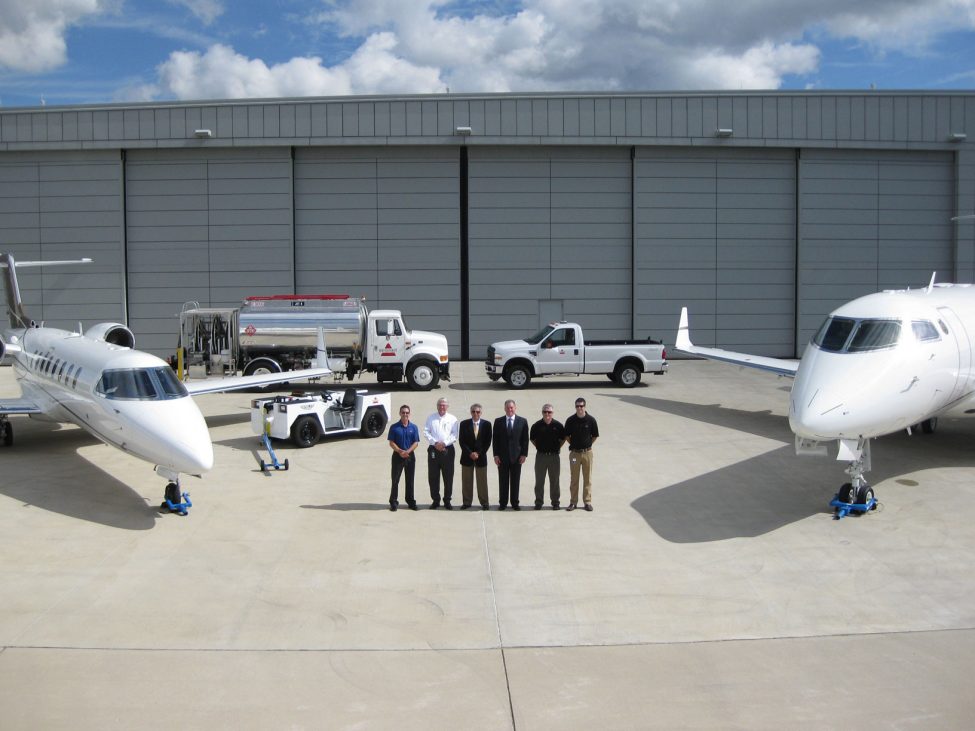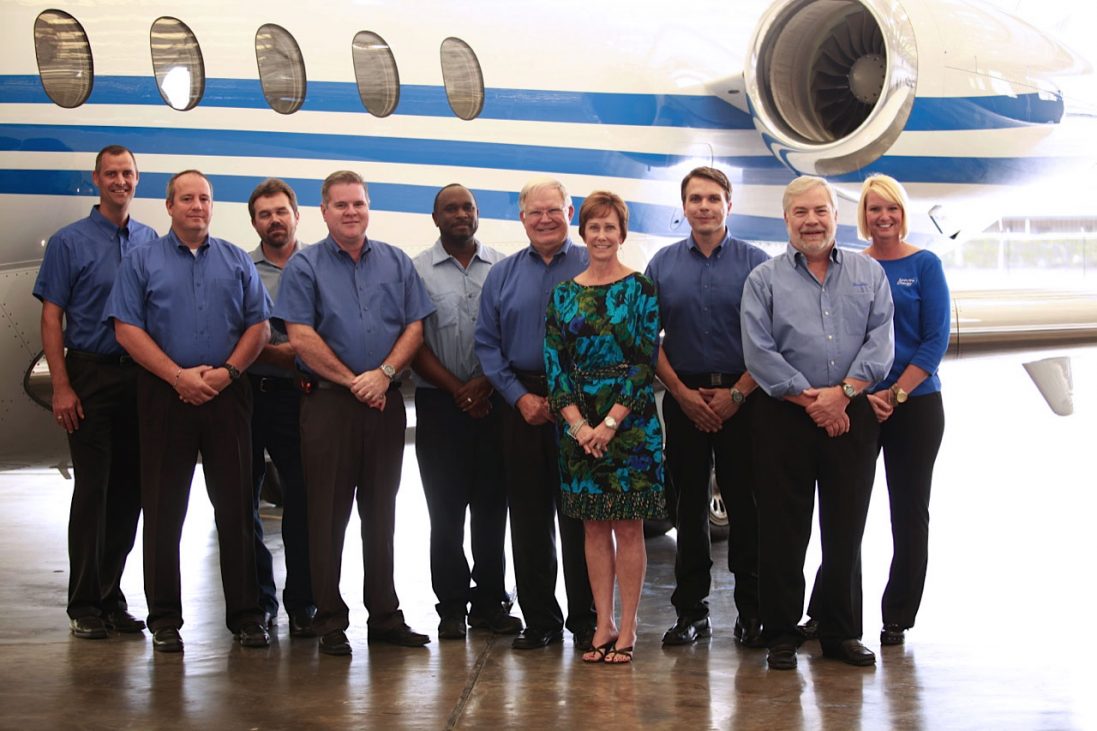
Jan. 6, 2013
Uniting a Diverse Aviation Operation With Safety and Support
Serving customers in communities across North America, Spectra Energy Corporation depends on more than 22,000 miles of natural gas and crude oil pipelines connected to its natural gas gathering and processing facilities, and 305 billion cubic feet of natural gas storage. That network stretches from Halifax, Nova Scotia, to Mississippi, South Texas and the Gulf of Mexico, said Spectra’s Manager of Aviation Walter Hermis, and making weekly aerial inspections of the pipelines is just one of the flight department’s responsibilities. Taking employees where they need to be in furtherance of company business is another, and 95 percent of their destinations are in North America.
Based in Houston, Spectra established its flight department in 1963. Over the years it has employed DC-3s and Howard 500s in the early days, to Gulfstreams, Hawkers and the Falcon tri-jet, to its current aircraft, a Hawker 4000 and Hawker 900XP. The patrol pilots fly the Found Air Expedition, a Canadian-built utility airplane with conventional landing gear, which succeeded a fleet of Cessna 206s. Half of Spectra’s 12 aviators fly patrol in single-pilot bases in Houston, Little Rock, New Hampshire and Philadelphia. They all report to a patrol manager who reports to Hermis.
The flight department has undergone a number of changes over the past 60 years, said Hermis. At one time, there were other flight departments in both Charlotte and Kansas City, with the other operations coming and going through mergers and acquisitions.

What has not changed is the dedication to safety, said Hermis. The company has flown accident-free for six decades because it goes well beyond government-mandated minimum safety standards. One example of this is its Stage II IS-BAO certification. Another is regularly scheduled training sessions and safety meetings.
Given the nature of Spectra’s business, it flies to some challenging destinations. From the dispatcher to the entire “Aviation Team,” they review possible hazards and establish their own ceiling and visibility standards that exceed FAA minimums and maintain safety. “The company uses aviation as a tool; it’s not a source of revenue,” said Hermis. Consequently, “we pick and choose what we can and cannot do; management stands behind us and provides the tools that we need to make our operation safer, and safety is the number one priority.”
People are the real key, he continued, and there are two parts to this equation. First is hiring the right people. If they possess the requisite aeronautical knowledge, skills and experience, “it’s more than an ATP, it’s a personality that melds with the rest of the team, because we spend a lot of time together.” The other half of the equation is “trusting the employees, letting them do their jobs and supporting their decision-making ability,” said Hermis, adding that at Spectra, “the pilot’s go/no-go decision is final.”
About NBAA’s Flying Safety Awards
Spectra Energy Corporation received the NBAA 60-Year Safe Flying Achievement Award in 2013 and is just one of many NBAA Member Companies participating in NBAA’s Flying Safety Awards program. For 60 years, NBAA’s Flying Safety Award program has brought worldwide attention to the business aircraft safety record. Your company’s outstanding safety record can be recognized, too. Apply today!


 International Business Aviation Council Ltd.
International Business Aviation Council Ltd.